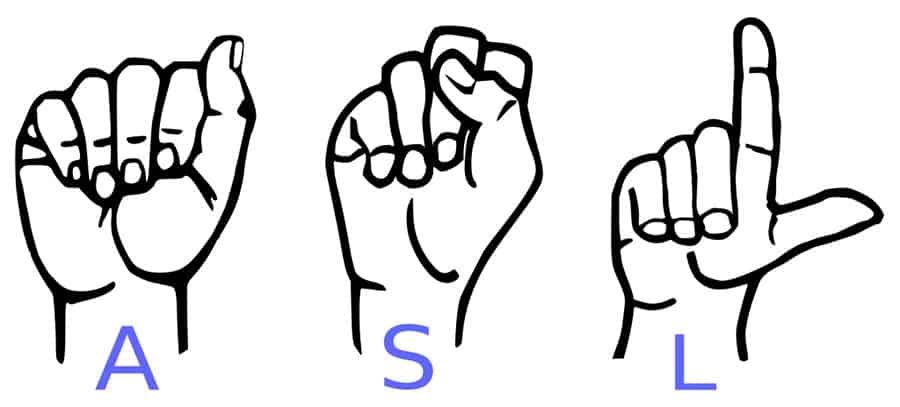
American Sign language and Spoken language interpretation are two different coins of the same object that is to improve smooth communication between people. When we talk about sign language interpretation, the visual and manual techniques are used whereas the Spoken language is all about auditory or oral approaches. The differences may arise in case of their communication methods, but the similarities are huge. Both methods count on or are related to body language, emotional perception, facial expressions, and cultural influence to convey the required information in various languages.
Besides, interpretation services and communication can help people to navigate in life when encountering differences. Now you might assume that these are two totally different languages but let us surprise you by telling that the underlying interpretation process for both are similar. If you assess these two language services carefully, you will understand that they have fewer differences and more similarities in interpretation. The main difference is all about the mode and the techniques which are used. So, lets take a look.
Sign Language Interpretation
The professional interpreters help hard of hearing people to communicate better and talk to others with normal hearing. This is used in various areas for example schools, government agencies, concerts, doctor’s offices, hospitals, and much more. When you are using interpreting services, you must clarify the sign language that suits your individual needs for interpretation. To have the face-to face interpretation session, on-site sign language is used to enable us to have a more personalized approach in sensitive or severe situations. This on-site technique is valuable for eliminating cultural and language barriers and ensuring that information and message are correctly understood and interpreted.
Talking about remote sign language interpretation, this connects the deaf individuals to interpreters through an extremely easy-to-use and complex web platform. This can be used at any site, can be arranged or used on-site, and the waiting time can be lowered. In a medical emergency, there might be no time for professional interpreters to arrive at the site. This seeks to establish a crucial understanding between deaf and hearing people. We at Languagers, know how to offer you the best professional interpretation services so contact us now.
Spoken Language Interpretation
When translating into spoken language, there are target and source languages so that people can identify things in their own languages. For individuals with limited English proficiency (LEP), Spoken Language Interpretation ensures that the message is communicated accurately hence the help of professional language interpreters reduce expenses, manages time and handle affairs. This relieves the pressure of an already tensed situation and tackles the language barriers.
Differences and Similarities
You can think of oral language or spoken language same. On the other hand, Sign language makes use of facial expressions, voice, and gestures to deliver information. In both sign and spoken language interpretation, grammar has a major part in connecting phrases and words in sentences. In addition, the face movements or face and hands are used in Sign Language interpretation services. Sign language interpretation is usually needed to make sure that all emotions and nuances are communicated with the hard of hearing individuals.
The complicated structural elements are there in both languages to convey information. Moreover, Sign language does not use vowel-auditory channel while Spoken language does. However, some people claim that these two are more deeply different because arbitrary characters are there in Spoken language and iconic characters in Sign language, respectively.
So, what do you think about the differences between Sign Language and Spoken Language Interpretation Services? Share with us in the comments below.



No comments:
Post a Comment